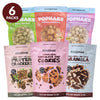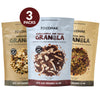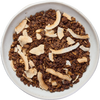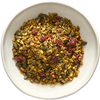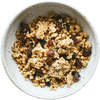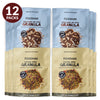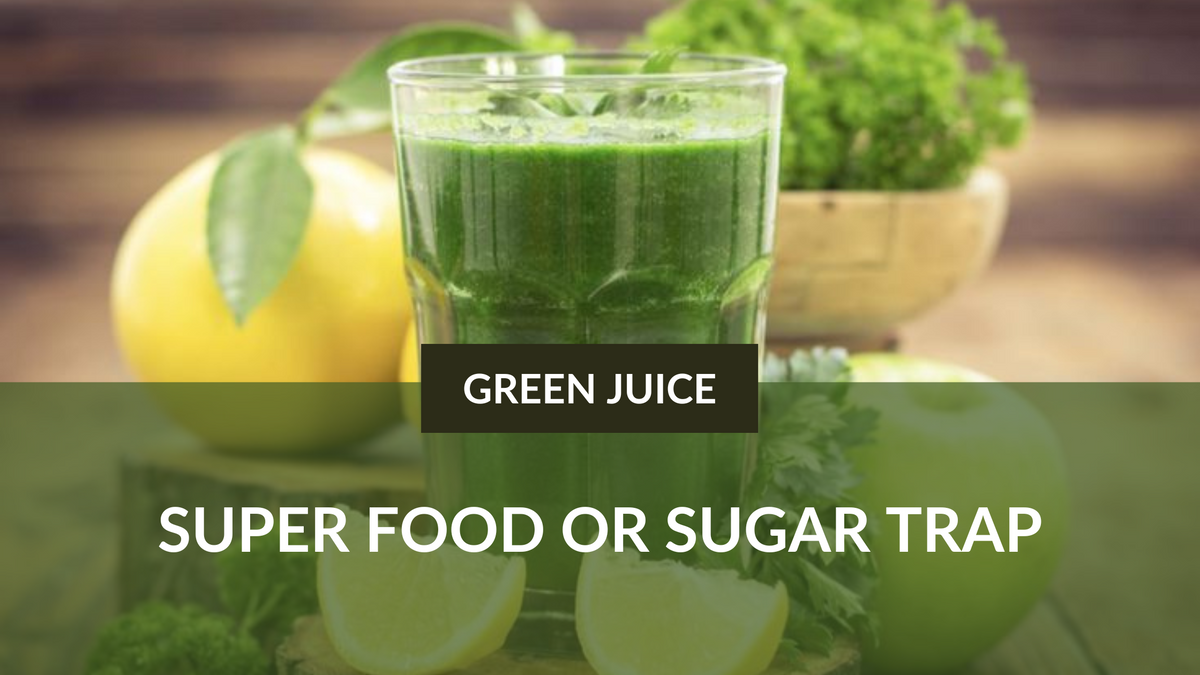
Green Juice: Superfood or Sugar Trap?
Green juice has earned its status as a wellness staple which is vibrant, trendy, and often seen as the fast track to better skin, digestion, and vitality. But is it as healthy as it looks in your favourite influencer’s glass?
At Foodhak, we’re here to break down the science and cut through the hype so you can make smarter, functional choices for your body.
The Benefits: Micronutrients, Antioxidants & More
When green juice is made primarily from vegetables like kale, spinach, cucumber, and celery, it can be a rich source of:
- Vitamins A, C, and K
- Folate
- Potassium
- Antioxidants and phytonutrients
These nutrients help support immune function, cardiovascular health, and may reduce inflammation, making green juice a convenient way to sneak in extra veg, especially if you’re short on prep time.
The Caveats: Sugar Content & Lost Fibre
Not all green juices are created equal.
Many store-bought varieties are high in fruit juice (like apple, mango, or pineapple) and added sugars, which can raise your blood glucose and turn a healthy drink into a liquid sugar bomb.
In fact, some green juices have sugar levels comparable to soda. A 2021 study by Xu et al. found that higher intake of sugar-sweetened beverages, including juices is associated with increased cardiovascular risk and higher all-cause mortality.
And then there’s lack of fibre to it. Juicing strips out most of the fibre naturally found in whole fruits and vegetables. That fibre is key for:
- Gut health
- Blood sugar regulation
- Satiety and digestion
Without it, green juice won’t keep you full or support your microbiome the way whole plant foods do.
Homemade vs. Store-Bought
Making your green juice at home puts you in control:
- Maximise vegetable content
- Minimise fruit and sugar
- Avoid preservatives and additive
A balanced, Foodhak-friendly blend might include:
- Leafy greens (spinach, kale)
- Celery and cucumber for hydration
- A splash of lemon or ginger
- A small piece of green apple or ½ kiwi for natural sweetness
Pro tip: A squeeze of lemon helps preserve nutrients and gives a zesty flavour without spiking sugar.
Juicing vs. Blending: What’s the Difference?
While juicing removes most fibre, blending retains it, which means smoothies can offer more complete nutrition, better digestion, and longer-lasting energy.
If your goal is satiety, gut support, and blood sugar balance, a smoothie might be the better daily option.
The Verdict: Can Green Juice Be Healthy?
Yes! Green juice can be a healthy addition to your routine...
But only when it’s:
- Made mostly from vegetables
- Low in fruit and sugar
- Consumed as a supplement, not a meal replacement
No! When it’s:
- Packed with fruit juice or added sugars
- Replacing balanced, fibre-rich meals
The Foodhak Takeaway
At Foodhak, we champion science-backed choices, not fleeting fads.
Green juice can play a role in your wellness routine, if it works with your biology, not against it. But real, long-term vitality comes from a diverse diet rich in whole, functional, plant-based foods fibre, nutrients, and all.
Quick FAQs
Can I drink green juice every day?
Yes, if it's low in sugar and not replacing full meals. Think of it as a supplement, not a substitute.
What’s better, juice or smoothie?
Smoothies retain fibre and provide more balanced nutrition. Juice is lighter, but less complete.
When’s the best time to drink green juice?
Morning or early afternoon, ideally between meals, when your body can absorb the nutrients without competing digestion.
All information above has been verified by Faye (Foodhak’s in-house AI nutrition tool)
